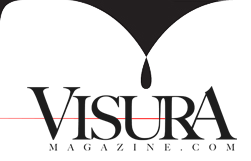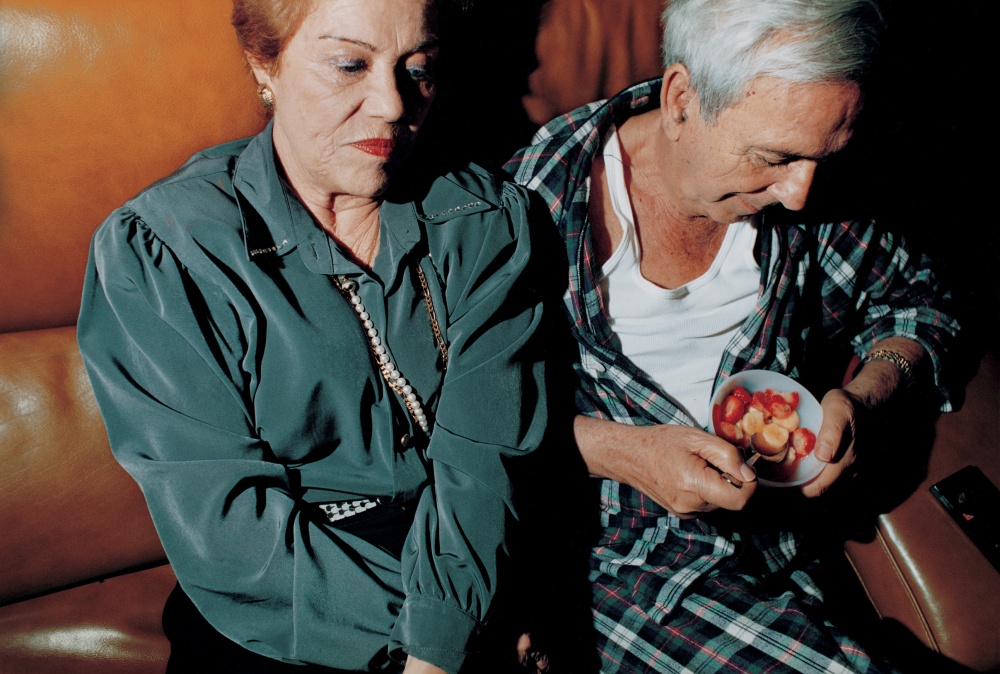
ELINOR CARUCCI | A Retrospective
Issue 11
MY MOTHER WAS THE FIRST person I ever photographed when I was 15, and I still continue to do so obsessively. Gradually, the subjects of my work expanded; from my mother, to my father and brother, to the extended family, to my husband, Eran, until, in recent years, when the center shifted, at least partially to my children. The camera is a way to get close, and to break free. It is a testimony to independence as well as a new way to relate to my family.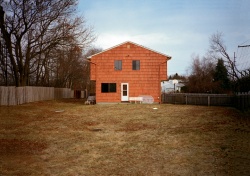
CARRIE LEVY | 51 Months
Issue 11
IN 1996, MY FATHER WENT TO JAIL on my 15th birthday for 51 months. Truthfully I do not care about the sequence of events. A prison sentence for a father is a prison term for his entire family. Until the day we found out my father was going to jail, I lived an average life on Long Island, New York. Since all we could do was go on living a normal life, I continued to go to school, apply to college, hang with friends, spend time with my mother and brothers, and somehow try to do the same old activities. When someone is in prison it feels more like a death and then a resurrection.
ANNABEL CLARK | Journal
Issue 11
A FEW DAYS BEFORE Christmas in 2002, my mother shared the news that she had been diagnosed with breast cancer. Having lived with the impression that cancer was a death sentence, I was devastated. I began to imagine what she would look like without hair and a breast. As the idea was forming, she asked if I would photograph her through this process. I felt that if we turned the disease into a project, it would become less scary. We could objectify and observe it. If we could anticipate the completion of the project, then we could anticipate the end of the disease.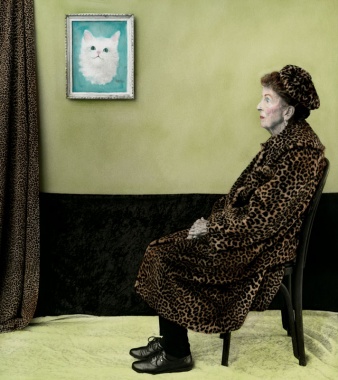
ALINE SMITHSON | Arrangement in Green and Black
Issue 11
I am the youngest of two girls, born in Los Angeles to parents who did not think it was possible to have children. My mother was a proper, educated, and elegant woman, the daughter of a Hollywood minister. My father was the kind of man who could do anything—he grew up on a ranch in Arizona, and tried his hand at trick riding, carnival performing on the Bed of Nails, drumming, mining, became an automotive foreman, and by the time I came along, had settled into the daily grind of life as a salesman. My parents met in Alaska. My father was working as a photographer for a construction company, and my mother, not finding any suitable men as an elementary school teacher, took the bus from Los Angeles to Alaska, wearing high heels and a hat. I like to think she struck gold in the Yukon. Both my parents were charming, fun, and had a wicked sense of humor. Though my parents supported my artistic leanings, my mother strongly suggested that I become a dental hygienist. Contrary to my mother's wishes, my dreams led me to New York City and the world of fashion and art.
LARRY FINK | Hands On
Issue 11
THIS IS A PICTURE OF A BOY who was deeply burned in a fire, he had completed 17 skin and face graft operations. At the time of the accident his identity was removed, but with the help of science and compassion, layer after layer of identity was redeemed, until finally he was able to see himself again.
Letter to the reader, Issue 11
Issue 11
Our sorrows and wounds are healed only when we touch them with compassion. —Buddha In Memory of Lynn Redgrave. I hope you enjoy this new issue. Poco a poco y sin nada de alboroto, Adriana Teresa, Publisher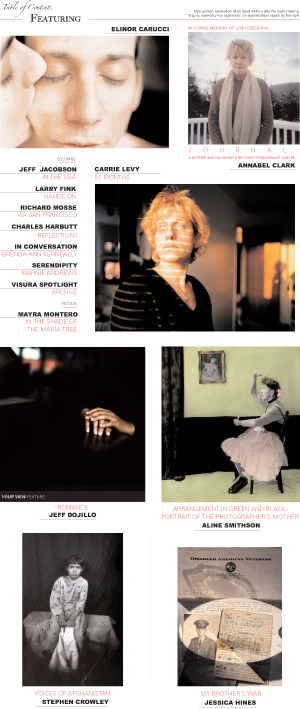
TABLE OF CONTENTS | Issue 11
Issue 11
FeaturingElinor Carucci
Annabel Clark
Carrie Levy
Jeff jacobson
Larry Fink
Richard Mosse
Charles Harbutt
the In Conversation Series
Marnie Andrews
Mayra Montero
Jeff Dojillo
Aline Smithson
Stephen Crowley
Jessica Hines

Brenda Ann Kenneally & The Raw File
I became interested in photography at 30, when I went back to school. Just prior to that I read a book about Diane Arbus and I really identified with the way she used photography to be a part of life. It said that she felt disconnected, and photography was her way of connecting. Both of my parents were disabled—my mother with a physical disability and my father with a mental and psychiatric one. I sort of found the interest and beauty within my family. At this time, much like Diane Arbus, I was looking for a way to connect to the world. These are things that got me interested in photography.
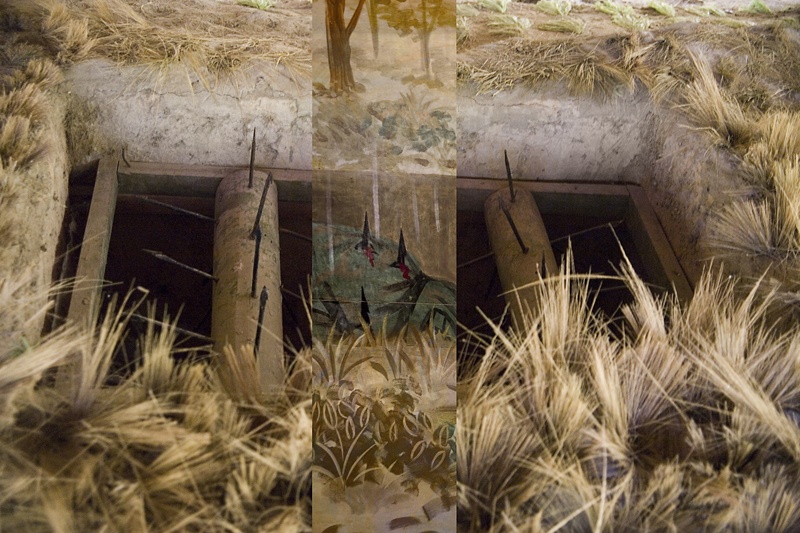
JESSICA HINES | My Brother’s War
Issue 11
IT WAS IN 1967, during the Viet Nam War, that my brother, Gary, was drafted into the US Army. The Viet Nam War, a Cold War Conflict, was occurring not only in Viet Nam, but also in Laos and Cambodia; it lasted from November 1st, 1955, until May 15th, 1975. When vacancies in the US armed forces could not be filled voluntarily between 1962 and 1973, American men were drafted. It has been said that by 1967, almost half of the enlisted men were draftees. This was the case with my brother.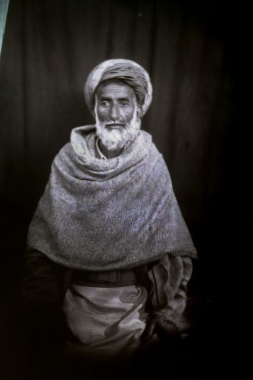
STEPHEN CROWLEY | Voices of Afghanistan
Issue 11
I SPOTTED MY FIRST STREET PHOTOGRAPHER, Meera Jan, in a market outside an Afghan refugee camp in Peshawar, Pakistan. I sat for a portrait, watched him work and then asked if I could rent his camera.The pictures of the barber and vendors at the bazaar along the edge of the Nasir Bagh refugee camp in Peshawar, are a reflection of the effects of jet lag, culture shock and my first impressions of the region. It was one of the most exhilarating and demanding few hours I have spent as a photographer.
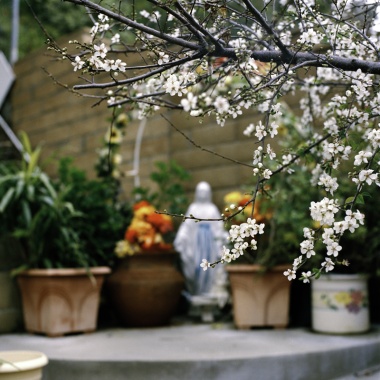
JEFF DOJILLO | The Romance of Mourning
Issue 11
I WAS BORN ON JUNE 9th, 1979. I am the youngest of three children and the product of Filipino immigrants. I grew up in the greater Los Angeles area in a Roman Catholic family raised largely by my sisters and my mother.Religion has played a large part in my life and upbringing. It has been a source of comfort and a time for reflection. Like many Filipinos, I adopted the value structure dictated by Catholicism.

MAYRA MONTERO | In the Shade of the Maria Tree
Issue 11
EVERY MORNING AT ABOUT EIGHT O’CLOCK she parks her car near my house, under the shade of a María tree. She does not shut off the motor or roll down the windows. She simply stops, adjusts the rearview mirror so she can see her face clearly, and takes out a little cosmetics bag. Then her ritual begins. She is not just powdering her nose and dabbing rouge on her cheeks. At this inhospitable hour, indifferent to her surroundings, she does a serious makeup job, here on this lonely street where I usually walk my dog.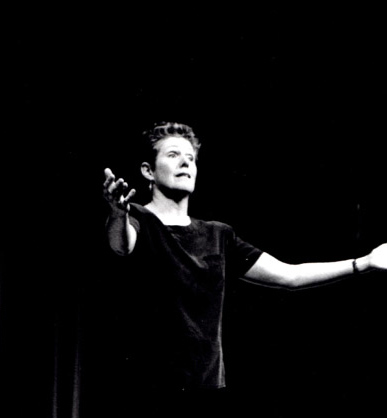
MARNIE ANDREWS | Serendipity
Issue 11
Above my head a hawk dips by the sun Then drops a feather, as if toward my hand, Floating down, I remember that one Spirit, just flown, still sheds her gifts that land So gently on my soul. A woodpecker’s cry Pierces my reverie, reminder of the curtain Death draws down, and memory of her wry Musings, sharp wit, and kind action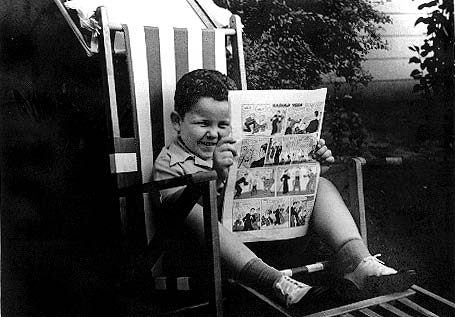
CHARLES HARBUTT | How I Became A Photographer
Issue 11
MY EARLIEST BRUSH with photography came when I was three. My best friend and everyday playmate was having a birthday party and her cake, the biggest I had ever seen, was displayed on a small table. It was a chocolate cake with vanilla icing. The photographer, a mother or grandmother, told us to stand behind the cake for a picture. We did. Then she told us to kiss. Well, we weren’t into that, but my friend put her arm around me and I acquired a lifelong love of chocolate cake … with vanilla icing. I learned that pictures can make people laugh. Maybe somehow, I also learned that pictures can hint at what’s happening inside a person, as well as showing their surface. In my memory, the shadow was much larger and more ominous. So finding a copy of the picture taught that memories are tricky. But I’m still not so keen about posing pictures.
RICHARD MOSSE | Via San Francisco
Issue 11
WARS (NEW HAVEN) WAS PHOTOGRAPHED in the parking lot of an Ikea housed in Marcel Breuer’s Pirelli Building, designed in 1969. This Brutalist monolith looms over Interstate 95 as you drive into New Haven, overlooking the shore of Long Island Sound.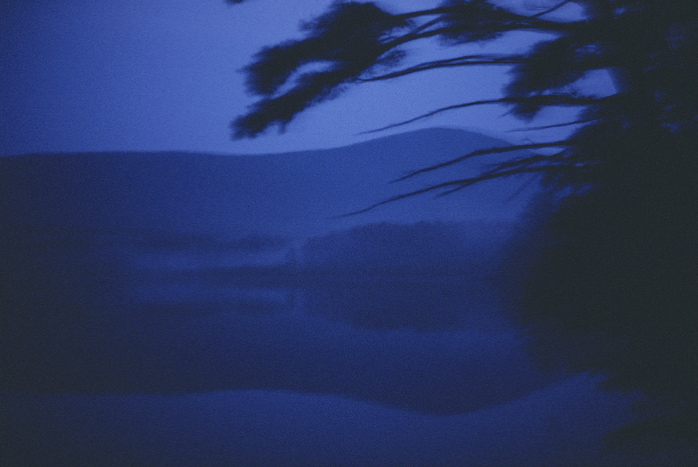
JEFF JACOBSON | In the USA
Issue 11
Jeff Jacobson was born in Des Moines, Iowa, in 1946. He has published two books, My Fellow Americans, University of New Mexico Press, in 1991, and Melting Point, Nazraeli Press, in 2006. Jacobson joined Magnum Photos in 1978. He later left Magnum to help found Archive Pictures. Jacobson's photographs are in the permanent collections of The Whitney Museum of American Art in New York and The San Francisco Museum of Modern Art among others.




